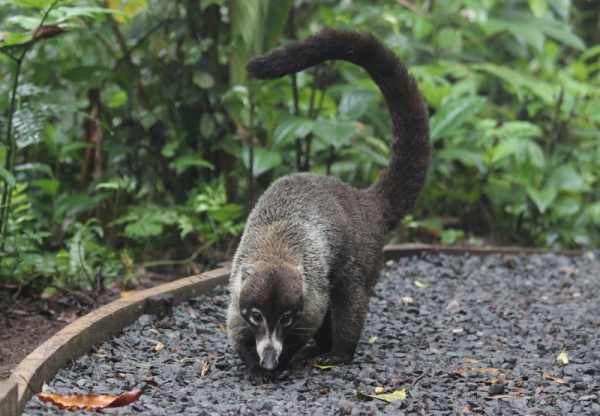Facts About Coati
Coatis, often referred to as coatimundis, are captivating diurnal mammals belonging to the Procyonidae family. These creatures are indigenous to South America, Central America, Mexico, and regions of the southwestern United States. They are easily identifiable by their slender heads, elongated noses, small ears, dark feet, and long tails, which aid in balance and signaling. With paws reminiscent of those of bears and raccoons, coatis walk on the soles of their feet (plantigrade) and possess non-retractable claws. Renowned for their intelligence and robust limbs, coatis are adept climbers and proficient diggers.
As omnivores, coatis enjoy a varied diet comprising ground litter, invertebrates, fruits, and small vertebrates. They are primarily diurnal and communicate using an array of sounds, such as chirping, snorting, and grunting. Coatis typically live in noisy, loosely organized groups and can become aggressive when threatened. Their mating system is polygynous, and after a gestation period of approximately 11 weeks, females give birth to litters of three to seven kits.
Unfortunately, coatis face substantial threats from unregulated hunting and habitat destruction. Despite these challenges, they are among the five groups of procyonids commonly kept as pets, although mountain coatis are rarely found in captivity. For those considering coatis as pets, it is crucial to provide a spacious outdoor enclosure and supervise them carefully indoors. These animals can be trained to use a litter box and require vaccinations, spaying, or neutering, much like cats and dogs.

 Panama
Panama